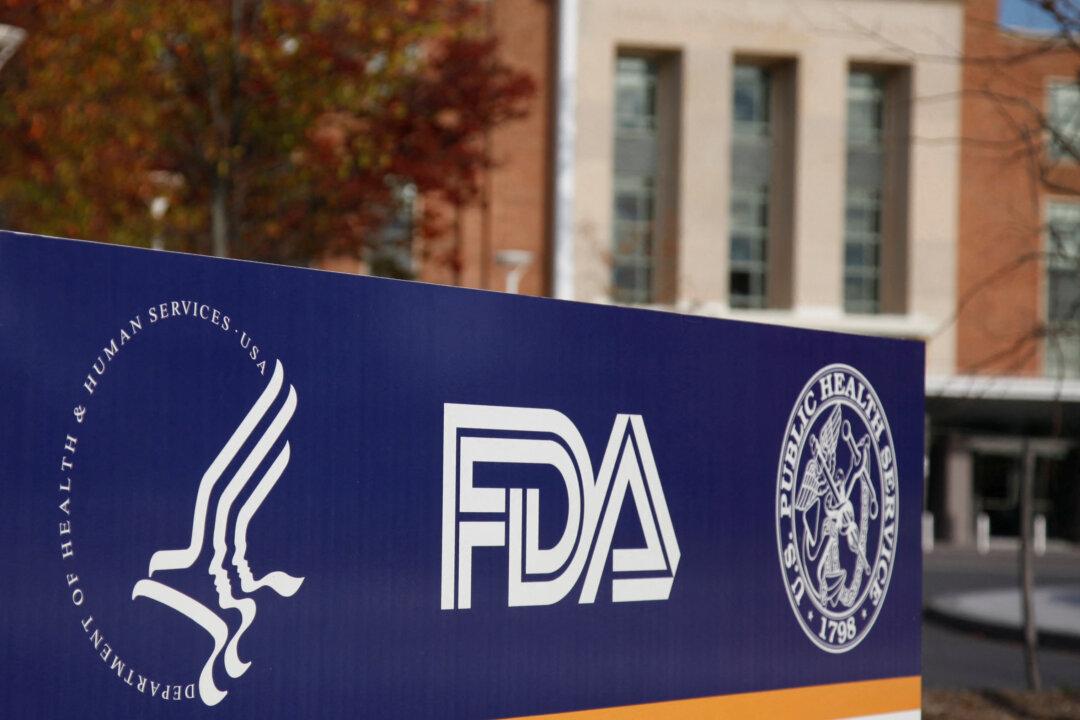Federal judges in Missouri and Kansas issued separate rulings on June 24 blocking key sections of the Biden administration’s Saving on a Valuable Education (SAVE) program, which is designed to lower student loan payments and forgive debts.
A new version of the program that would reduce payments and shorten maximum repayment periods was set to take effect in July.
U.S. District Judge Daniel Crabtree for the District of Kansas ruled that the Republican states were likely to succeed in their claim that the department lacked explicit congressional authority to enact this portion of the program.
However, he declined to block the program entirely, expressing concerns about the practicality of reversing parts of the plan that had already been implemented. He also said that Republicans’ delay in filing their lawsuits undermined their arguments that there was an immediate need to halt the entire program.
The ruling noted the judge’s reluctance to issue a nationwide injunction.
Attorneys General Welcome Rulings
Kansas Attorney General Kris Kobach, who spearheaded one of the legal challenges, issued a statement celebrating the ruling as a victory.“As the court correctly held, whether to forgive billions of dollars of student debt is a major question that only Congress can answer,” he said. “This is not only unconstitutional, it’s unfair. Blue collar Kansas workers who didn’t go to college shouldn’t have to pay off the student loans of New Yorkers with gender studies degrees.”
The Kansas challenge was supported by 11 other Republican states. Of these 12 states, only four—Alaska, Texas, and South Carolina—were found to have standing.
Missouri Attorney General Andrew Bailey also hailed the ruling, calling it a “huge win for the rule of law and Americans who would have been forced ”to pay off someone else’s debt.”
SAVE Plan
The SAVE plan, a reworking of a previous plan, aims to halve the required payment on student loans from 10 percent to 5 percent of discretionary income and shorten the repayment period for those with lower initial loan balances. This means that borrowers with smaller loan balances could have their loans forgiven in just 10 years instead of 20.Some parts of the plan have already been implemented, resulting in the forgiveness of loan balances for hundreds of thousands of individuals.
President Biden created the SAVE program after the Supreme Court rejected his plan to forgive broader debts. Following that decision, the Education Department pursued another way to provide debt relief under the Higher Education Act.
White House press secretary Karine Jean-Pierre said in April that the plans would “fully eliminate” accrued interest for 23 million borrowers, cancel the full amount of debt for over 4 million borrowers, and give over 10 million borrowers around $5,000 in debt relief or more.
25 million borrowers owe more than the amount they originally borrowed due to accruing interest. Currently, nearly 8 million people are enrolled in the program, according to the White House.
The Biden administration, as of April, touted that it had provided around $146 billion in student debt relief via more than two dozen executive actions.
Normally, federal student loan borrowers must repay their debts for around 20 years to qualify for forgiveness under the Education Department’s income-driven repayment plans. The SAVE plan offered a shorter timeline for forgiveness, canceling debt after just 10 years for borrowers who initially took out less than $12,000.







